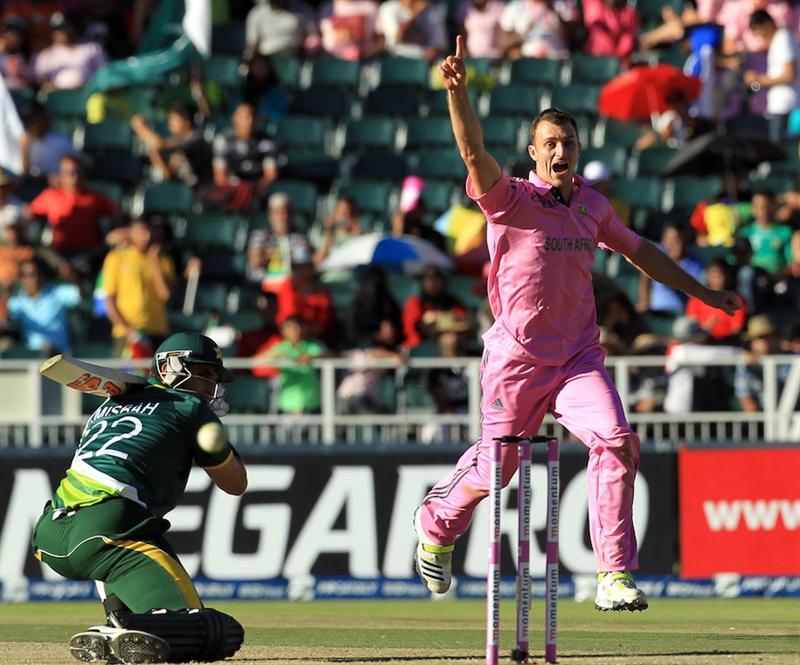We will be talking about the correlation between men, pink shirts and women's breasts today. Before I start, a little FYI for you. Originally, Pink was considered a masculine color (due to its association with Red) and Blue was considered dainty, feminine and hence speculated as an ideal color for girls. Up until 1985, gender neutral clothes were being used for both sexes but soon after, a whole generation of parents, somehow bought into this idea of Blue=masculine and Pink=feminine. This segregation would turn out to be great for maternity businesses but it also managed to crush the psyche of men for a long time. Long-lasting prejudices against these two beautiful colors were ingrained in people’s minds forever. These days, men are actually ashamed to wear something pink because apparently they don’t have enough balls for that.
Independent UK recently published the findings of a study, which claims to have found that men who (dare to ) wear pink shirts to their workplace, earn on average 1000 pounds more than those who do not, are better qualified, more confident and get a greater number of compliments from female colleagues than their more traditionally beshirted colleagues. It is obvious, that by taking that extra leap of faith in their ‘masculinity’, these guys become cultural rebels in a way and rebels are always sexy.
The color Pink is so synonymous with women that International Breast Cancer society uses it as a sign of moral support. Every October millions of people buy pink ribbons and contribute to the Breast Cancer cause. Pink Ribbon Campaign is also endorsed by many celebrities. When Australian cricketer Glen McGrath’s wife, Jane McGrath, died in 2008 after a lengthy battle with cancer, the Australian team, wore pink ribbons on their sleeves during international matches to show moral support to McGrath and millions of other survivors, patients and relatives. They made an excellent show of support to the cause.
While what the Aussies did was quite commendable, it was the South Africans, who took the cake. They played an international cricket match in PINK UNIFORMS to create awareness about Breast Cancer in the native South Africa.
 |
| Display A: This viral picture had more than 5000 likes. |
Yes, they did it and pulled it off with their traditional charm. Fortunately, that day they were playing against Pakistan, a developing country which has the highest rate of Breast cancer amongst all of Asia and where every year about 40,000women die due to this disease. The very nature of the Pakistani society is such that anything containing or involving any reproductive female body part is automatically sexualized/eroticized. It is also a highly male dominated society, where even most educated men, are rifed up with prejudices and biases against women. Following is a status update from one of the biggest online cultural hubs in Pakistan, Mango People. They tried to pass this status off as mere “good-humor” (very funny indeed!) and interestingly, this is also the so-called the English speaking elite of the country. When this is the level of maturity shown by the well exposured elite, what exactly can we expect from the lower segments of the society? These attitudes are not breeding ground for good, solid and intelligent discourse.
 |
| Display B: This status update had more than 400 likes, although it is refreshing to notice that it is only 0.08 percent of the likes that display A got,still some comments were quite disturbing. |
Unintentionally, South Africa has done for Breast Cancer in Pakistan, what years of small scale campaigning by nonprofits and government have been failed at doing. They have penetrated the market and created a lot of awareness in just one day. By acting on the tough call to wear Pink, Team South Africa has caused a ripple effect of huge momentum. Sure, some people laughed at them, but majority got the message behind the medium. People started asking questions. They wanted to know more and were willing to discuss it further in disease terms rather than in physical attraction terms.
 |
| Display C: Can masculinity get anymore real than this? |
What are your thoughts on men wearing pink? If you are a girl, will you date a guy who likes wearing pink shirts? If you are a guy would you like to try pink shirts and if you have ever done so please let me know how was that experience for you? What do you think about this Western practice of general gender specific color culture which is influencing the elite in third world countries? Please leave your valuable comments in the discussion board below.
